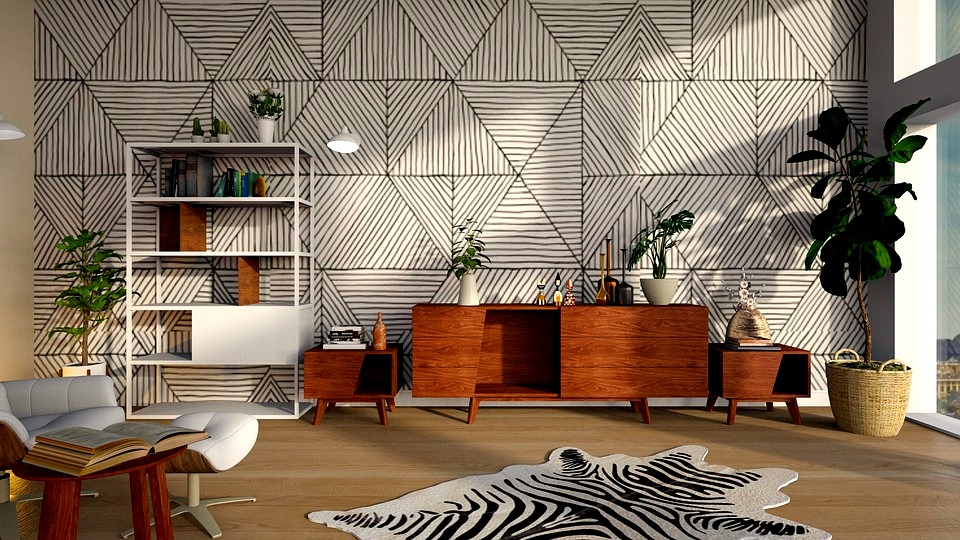
Sustainability wasn't exactly at the top of priority lists in previous generations. But recently, it's at the forefront of just about every homeowner's mind. In fact, according to a 2017 survey, 84% of survey respondents said that living in a sustainable or green home is important to them. Doing your part to contribute to a healthy home, environment, and the planet is more important than ever.
Fortunately, there are some easy things you can do to create a much cozier, much more eco-friendly living environment. From making certain flooring material choices to properly insulating your house, here's how to achieve a much greener home:
Flooring
It might not seem like it, but the material you use for your home's flooring makes a significant difference when it comes to sustainability. Bamboo flooring, for example, is a great option for property owners hoping to achieve a healthy, green home. Not only is bamboo eco-friendly, but it's also extremely durable and strong. Bamboo groves can even yield 20 times more timber than similar trees and release 35% more oxygen into the air!
Insulation
Without proper attic insulation, your home's sustainability will take a major hit and so will your wallet. Poor insulation means your HVAC systems will have to work extra hard to keep your home comfortable, resulting in higher utility bills. According to the U.S. Department of Energy, 44% of home energy usage goes toward heating and cooling already. An attic with less than quality insulation could be leaking in the air and causing all sorts of household issues. Properly insulated buildings reduce CO2 emissions by 780 million tons across the United States.
Lighting
Improving your home's lighting is one of the easiest and cost-effective ways to achieve a more sustainable home. It's time to ditch those conventional incandescent lights because they are doing much more harm than good and they don't even look all that great. Residential LED light bulbs use approximately 75% less energy and last 25 times longer than incandescent lighting.
Windows
Another simple way to achieve a greener home is by taking a look at all your windows. Just because a window looks nice, it doesn't exactly mean that it's doing its job, however. Consider the U-factor, which measures how well a window insulates and how well it prevents heat from escaping. U-factor rating is on a scale of 0.20 to 1.20 and lower numbers indicate a better U-factor score.
Plumbing
Last but not least, it's time to replace all those old, worn-down pipes and toilets with more eco-friendly options. Talk to professionals before you make any plumbing decisions, but replacing older toilets will lower flush models can lead to water usage reductions by as much as 60%.
This is a lot to handle and consider, sure. But if you're serious about improving your home's sustainability and want to make a difference, it will be well worth it. Start planning and start slow -- you'll have a wonder, cozy, eco-friendly home in no time!

You may also like
How Green Home Remodeling Can Help The Planet And Your Wallet
Eco-Friendly Decorating Tips for Older Homes
How Green Buildings Impact Our Psychology [Infographic]
